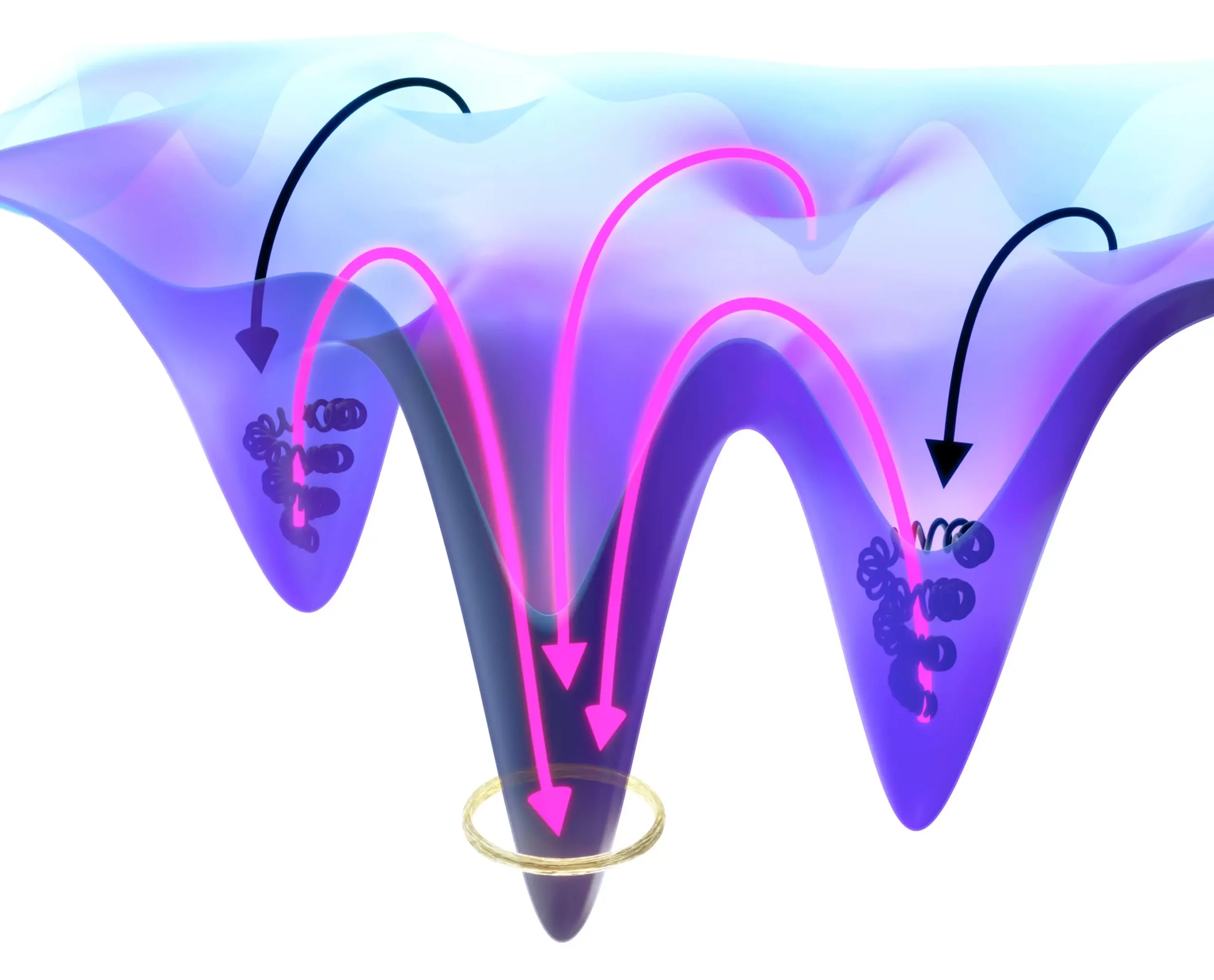Many complex systems, whether physical or biological, naturally settle into states of minimal energy—an evolutionary trait that promotes stability. In physics, this concept is exemplified when a ball rolls down a hill but ultimately rests in a hollow, unable to spontaneously escape without external energy. Similarly, in biological contexts like protein folding, molecules often become trapped in local energy minima, impairing functionality and preventing proper assembly. These static traps can hinder progress in creating advanced molecular machines or understanding the intricacies of active matter, which includes a wide range of systems from cellular components to synthetic nanodevices.
The core challenge lies in overcoming these barriers. Once a system hits a local minimum, conventional energy input may be insufficient or inefficient for escape, especially when the landscape’s ruggedness becomes a significant obstacle. For decades, scientists have sought mechanisms that could facilitate transitions out of these traps, not only to deepen our understanding of natural processes but also to engineer systems capable of surpassing biological limitations.
The Innovative Mechanism of Non-Reciprocal Interactions
Recent research from the Max Planck Institute for Dynamics and Self-Organization offers a groundbreaking perspective: leveraging non-reciprocal interactions to break free from static equilibrium states. Unlike simple Newtonian interactions, where forces are balanced and mutual (reciprocal), non-reciprocal forces are asymmetric. Imagine predator-prey dynamics, where one entity influences another, but not equally in return. Such interactions are inherently dynamic and can generate persistent, directional motion within a system.
By tapping into this principle, the scientists propose a universal mechanism: systems composed of particles that engage in non-reciprocal interactions can dynamically navigate their complex energy landscape. These interactions induce continuous, unbalanced forces that effectively prevent systems from becoming permanently ensnared in local minima. Instead, the system can ‘shift gears,’ exploring new configurations that would otherwise be inaccessible.
This approach is not purely theoretical; the researchers suggest it could be harnessed to design molecular machines that are more robust and adaptable. These machines would mimic biological enzymes, entities that have evolved over billions of years to precisely manipulate their energy landscapes for efficient reactions and processes. The key difference is that, unlike biological systems limited by evolutionary pathways, engineered systems could be intentionally designed to exploit non-reciprocal interactions, granting them a level of flexibility and efficiency previously thought improbable.
Implications for Engineering and Biological Understanding
The potential applications extend far beyond simplified models. For example, this mechanism could revolutionize the development of nanorobots, drug delivery systems, or self-assembling materials, all benefiting from the ability to escape energy traps with minimal external input. It also provides new insights into how natural processes optimize function: perhaps nature already uses non-reciprocal interactions to foster dynamic behaviors in proteins, cellular components, and collective biological systems.
Critically, this research challenges the traditional paradigm that systems must rely solely on external energy to perform work or reconfigure. Instead, by intelligently designing internal interaction networks—embodying non-reciprocity—artificial systems can become self-sufficient, constantly adapting without external forcing. Such progress brings us closer to mimicking life’s resilience and efficiency, pushing the boundary of what current physics and biology could achieve.
From my perspective, embracing non-reciprocal interactions signifies a paradigm shift: it underscores that the path to overcoming static energy traps doesn’t necessarily involve brute-force energy input but can be achieved through clever internal dynamics. This insight not only has the potential to accelerate technological advancements but also deepens our appreciation for the sophisticated interplay of forces that sustain life’s complexity. As researchers continue to unravel and harness this principle, the future of molecular engineering and active matter physics may become more dynamic, adaptable, and ultimately, more life-like.

